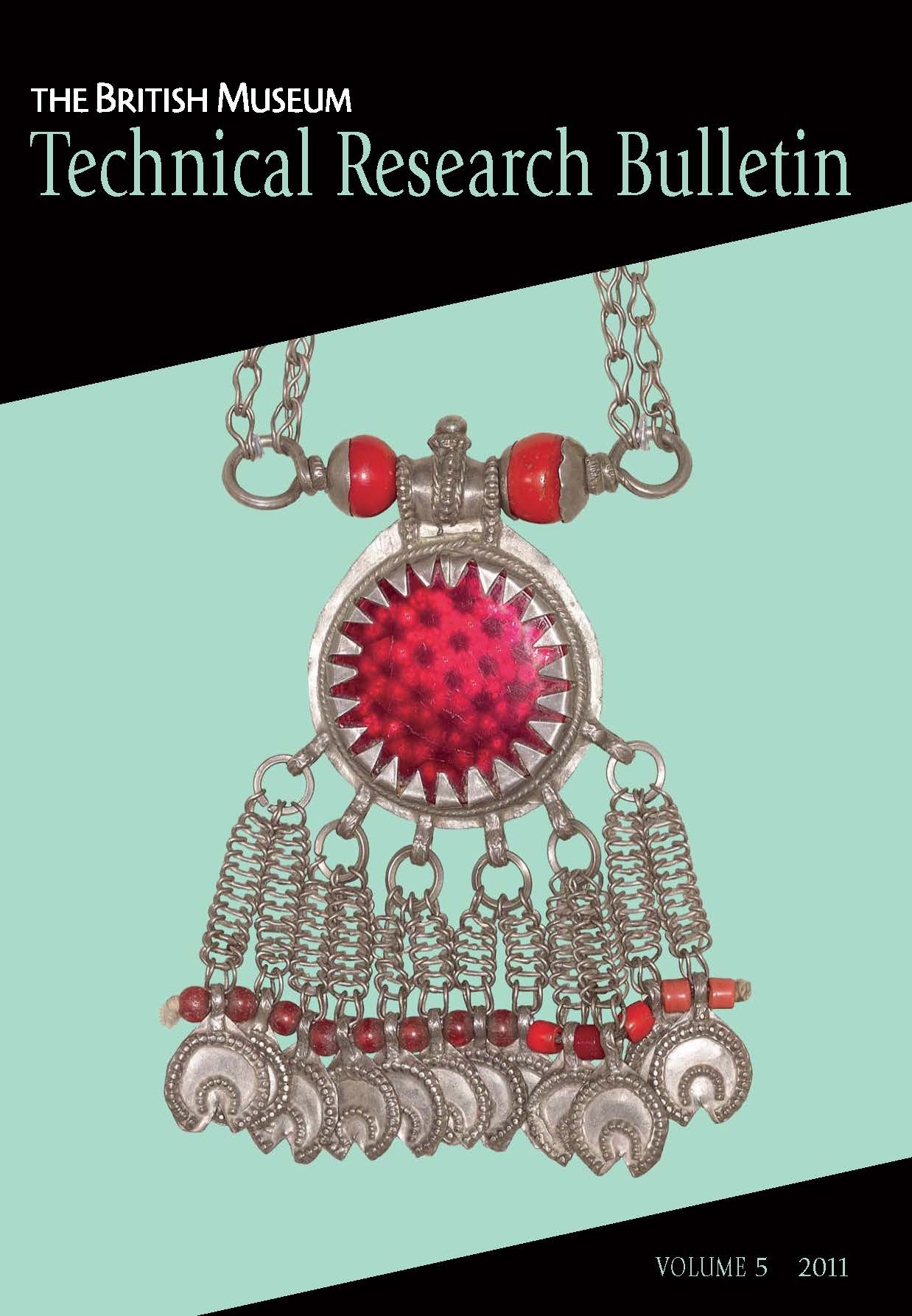Summary of the article
A collection of twentieth-century Omani silver jewellery was acquired in 2009 by the Department of the Middle East at the British Museum from a private British collector, who bought these pieces in various markets in Oman in the 1980s. This assemblage of over 240 handcrafted silver objects of adornment represents a well-established tradition of jewellery-making that can be traced back to at least the mid-nineteenth century. This tradition continued into the mid-twentieth century, but has now largely gone out of fashion due to contemporary tastes for gold jewellery throughout the region. The assemblage attests to a wide variety of silversmithing techniques and a high level of craftsmanship that is not extensively documented and is in danger of vanishing in present-day Oman.
Scientific investigation of this collection has helped characterize and better understand its manufacturing techniques and materials. A combination of complementary techniques has allowed the fabrication methods to be described comprehensively, the compositions of the silver, solder and gilding to be determined and the tool marks, joins and rattling materials inside hollow bracelets and anklets to be identified. All the objects appear to have been made from hand-worked sheets and wires of high-purity silver, with the parts assembled by brazing with a zinc- and copper-rich hard silver solder. Various finishes were created by gilding, chasing and punching, so that each piece of jewellery is the product of complex and skilful craftsmanship.
Publication Type
- Article



